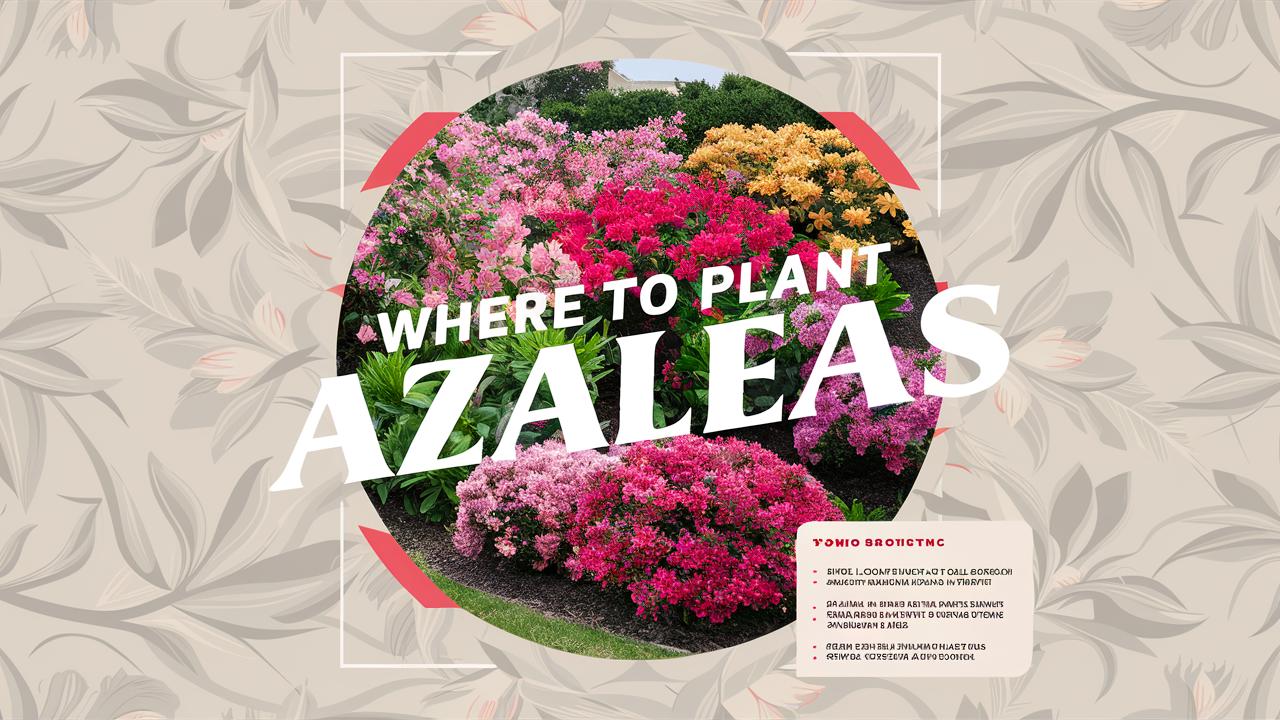This comprehensive guide will explore the ideal conditions for planting azaleas, what factors to consider, and tips to create an azalea-friendly environment. Join us on this journey to learn how to choose the perfect spots for your azalea plants and achieve vibrant blooms for years to come.
Understanding Azaleas
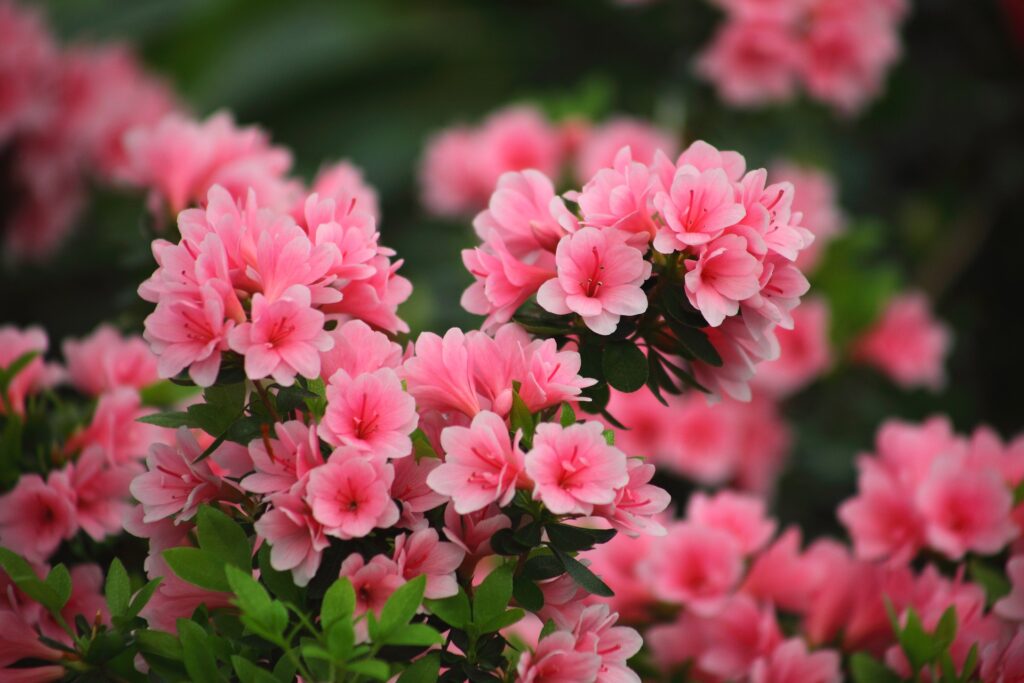
Before diving into planting, let’s take a moment to appreciate what azaleas are. Azaleas belong to the Rhododendron genus and are characterized by their bright flowers that bloom in spring. There are several species and hybrids available, each offering unique colors and growth habits. Generally, azaleas are categorized into two main types: deciduous (which lose their leaves in winter) and evergreen (which retain their leaves year-round).
Azaleas thrive in temperate climates and are particularly popular in regions with mild winters. They are versatile and can be used in a variety of garden styles, from formal landscapes to casual cottage gardens. Understanding their needs will lay the groundwork for effective planting.
Assessing Your Climate Zone
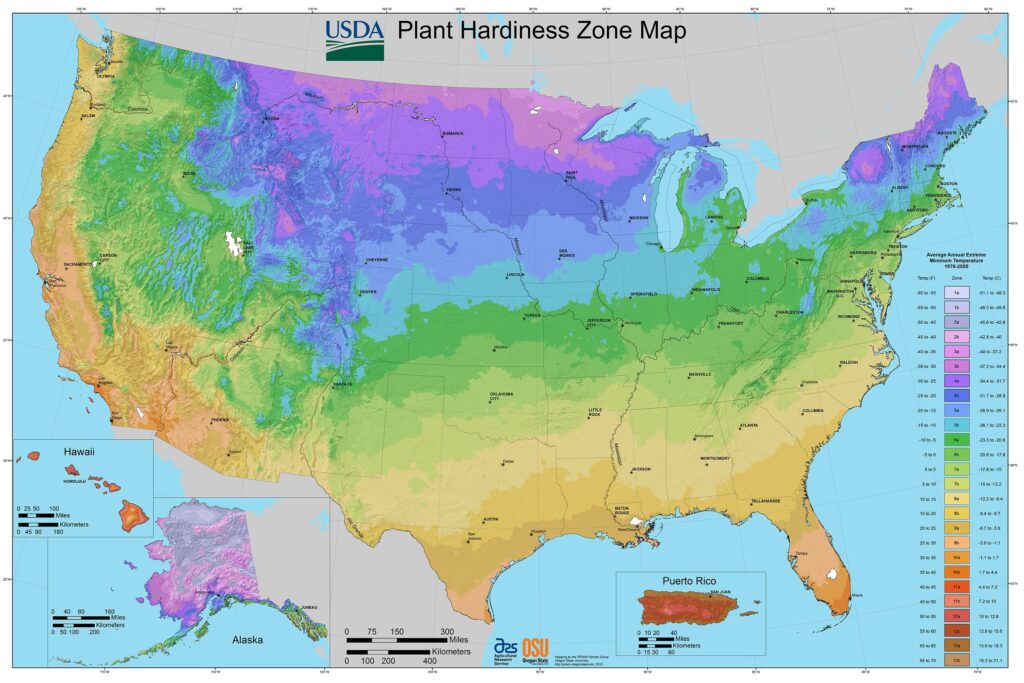
One of the first steps to determining where to plant azaleas is assessing your local climate. Azaleas thrive best in USDA hardiness zones 5 to 9, with some varieties able to tolerate even warmer conditions in zone 10.
Cooler Climates (Zones 5-7): If you live in these areas, look for deciduous azaleas, which can handle colder temperatures better than their evergreen counterparts.
Temperate Zones (Zones 8-9): Evergreen azaleas tend to thrive here, showcasing their vibrant foliage along with stunning blooms.
Warm Zones (Zone 10): While some azaleas can endure, pay attention to the specific variety and ensure they receive some afternoon shade to prevent heat stress.
Understanding your climate will inform you which azalea varieties to select and where to plant them throughout your landscape.
Choosing the Right Spot
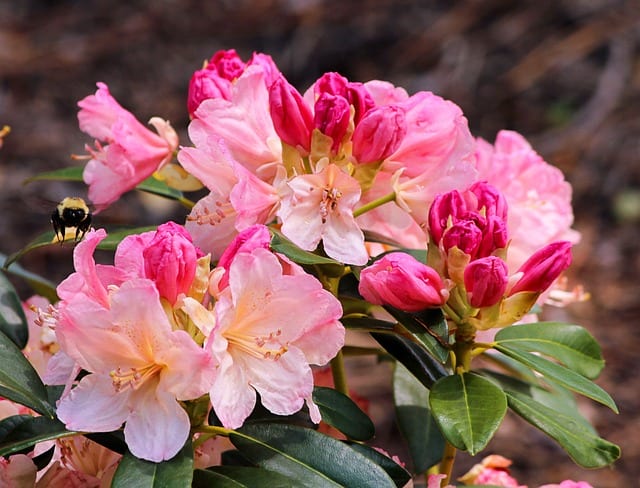
Sunlight Requirements
Azaleas prefer dappled sunlight or partial shade, making it essential to choose the right location based on how much sun your garden receives:
Morning Sun, Afternoon Shade: An ideal situation for azaleas is to receive full sun during the cooler morning hours while being shaded from direct afternoon sunlight. Too much intense afternoon sun can scorch the leaves and diminish bloom quality.
Filtered Sunlight: Areas where sunlight is filtered through taller trees or structures can create a perfect habitat for azaleas. If your garden is graced with larger trees, planting azaleas beneath them can yield stunning results.
Understory Planting: Azaleas naturally grow beneath taller plant species in the wild, so consider them as part of your garden’s understory. This approach can also provide a natural and organic feel to your landscape.
Drainage and Soil Type
Azaleas thrive in well-draining, acidic soil. When choosing a planting site, consider these soil requirements:
Soil Testing: Begin by testing the pH level of your garden soil. Azaleas prefer a pH between 5.0 and 6.0. If your soil is alkaline, amendments such as sulfur or peat moss may be required to lower the pH.
Drainage: Ensure that your chosen location does not retain water excessively. Azaleas detest “wet feet,” which can lead to root rot. If your soil is heavy clay, you may want to plant azaleas in raised beds or amend the soil with sand or organic matter to enhance drainage.
Organic Matter: Incorporating plenty of organic matter like compost or well-rotted leaf mulch can improve soil structure and foster healthy root growth. It is particularly beneficial when starting from less than ideal soil conditions.
Microclimates Matter
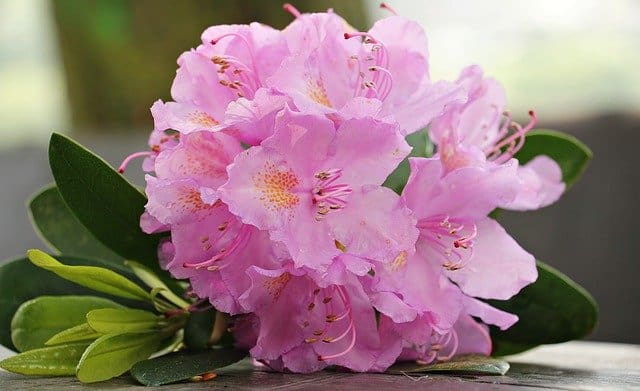
Every garden has microclimates influenced by topography, vegetation, and structures. Understanding these subtleties will help in deciding where to plant your azaleas:
North-Facing Slope: Areas that receive less sunlight may provide cooler temperatures suitable for certain azalea species. Consider choosing deciduous azaleas in these positions.
South-Facing Wall: Conversely, a south-facing wall absorbs heat, creating a warmer microclimate. Planting azaleas at a slight distance can provide a balance of warmth while avoiding heat stress.
Proximity to Water Sources: If you have a pond or water feature, azaleas tend to thrive in the moisture-holding microclimate nearby. However, monitor drainage to prevent root moisture issues.
Creating Planting Groups
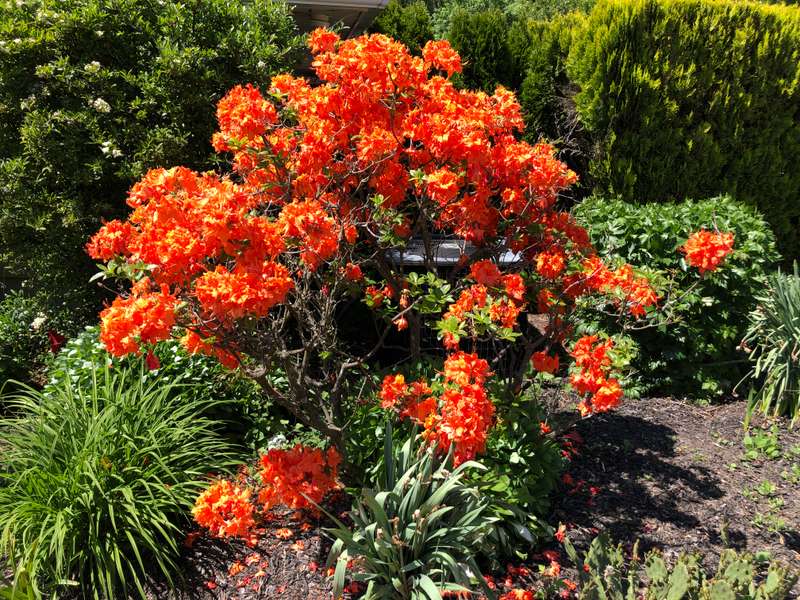
Azaleas are visually stunning when planted in groups. Rather than sprinkling them throughout your garden, consider planting them in clusters or drifts. Here are some tips to make the most of grouping:
Variety Selection: Mixing varieties can create a vibrant tapestry of colors and textures. Pair early bloomers with mid and late bloomers to extend the visual appeal throughout the flowering season.
Layering Heights: Combine different azalea heights and growth habits for a more dynamic appearance. Smaller varieties can be placed in front, while taller ones can serve as a backdrop.
Accentuating Features: Use azaleas to frame pathways, highlight garden edges, or serve as natural dividers in larger landscapes. This can create flowing lines and guide visitors through your space.
Consider Companion Plantings
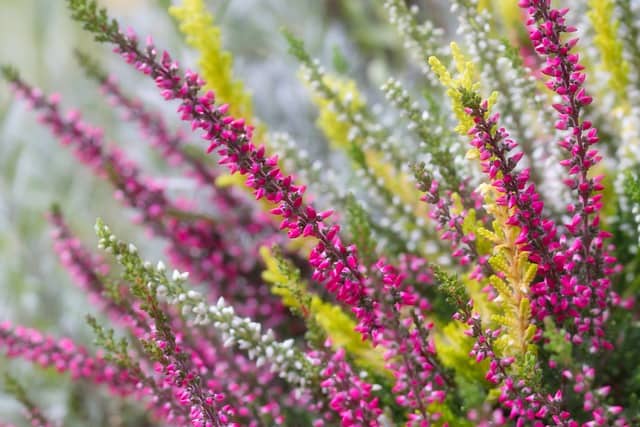
To enhance your garden’s appeal, considering companion plants alongside azaleas can improve soil health and create a biodiversity that benefits all plants. Here are some excellent companions:
Ferns: Ferns thrive in similar conditions to azaleas and can add texture and contrast to your garden bed with their delicate fronds.
Heathers and Hellebores: Low-growing shrubs and perennials like heathers, hellebores, or hostas offer ground coverage and can be interplanted for an attractive display.
Spring Bulbs: By planting spring bulbs like daffodils or tulips nearby, you create a beautiful scene that complements the azaleas’ flowering period.
Timing Your Planting
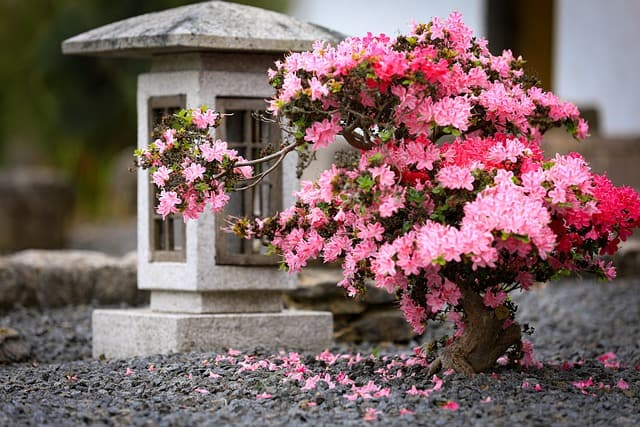
Understanding when to plant azaleas is equally important as choosing the right spot. The ideal planting period varies based on your climate zone:
Fall Planting: In most temperate areas, fall is the best time to plant azaleas. Because the temperatures are cooler, it allows for root establishment before the onset of winter.
Spring Planting: If planting in spring, aim for early spring before the buds break. Be aware that planting too late in the spring can stress the plants, especially in warmer regions.
Container-Grown Azaleas: If you are using container-grown azaleas, they can be planted at any time of year, provided that enough moisture is maintained. However, avoid extremely hot temperatures to minimize stress during transplanting.
Maintenance After Planting
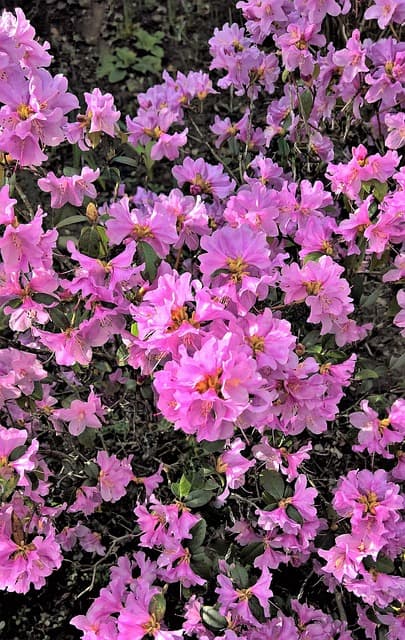
Once you’ve successfully planted your azaleas, proper maintenance will help ensure they thrive:
Mulching: A layer of organic mulch can help retain moisture, suppress weeds, and regulate soil temperature. Be sure to keep mulch a few inches away from the base of the plant to avoid rot.
Regular Watering: During their establishment phase, azaleas require consistent moisture. Water regularly, especially during dry spells, but avoid waterlogging.
Fertilization: Azaleas benefit from a specialized fertilizer designed for acid-loving plants. Apply in early spring as the plants begin to leaf out, following the manufacturer’s guidance for rates.
Pruning: Regularly prune azaleas after blooming to maintain their shape and encourage fuller growth. Deadheading spent blooms can also promote new growth and additional flowers.
Common Problems and Solutions

Even with good planting practices, azaleas can face challenges. Familiarity with common issues will aid in proactive management:
Pest Infestations: Azaleas can be prone to pests such as lace bugs and aphids. Regularly inspect leaves for damage and treat infestations promptly with suitable insecticides or natural remedies like neem oil.
Fungal Diseases: Poor air circulation and excess moisture can lead to problems like powdery mildew or root rot. Ensure adequate spacing between plants and avoid overhead watering.
Nutrient Deficiencies: Yellowing leaves often signal a lack of nutrients. A soil test can identify deficiencies, and prompt application of appropriate fertilizers can resolve the issue.
Has Your Garden Had Azalea Success Stories?
As you embark on your azalea planting journey, consider the many companions you can bring along for the ride. Each space has untold stories to tell, and the blossoms of azaleas will create a vibrant tapestry of nature that unfolds with every season.
Engaging with your community or consulting local gardening groups can provide invaluable real-world experiences. Sharing your challenges and victories will enrich the community as a whole and help you, as a passionate gardener, discover new possibilities.
Conclusion
Choosing the right location for planting azaleas encompasses a deep understanding of your garden’s unique features and the specific needs of these beautiful plants. By assessing climate, sunlight, soil quality, and companion plants, you can create a thriving environment for azaleas to flourish.


